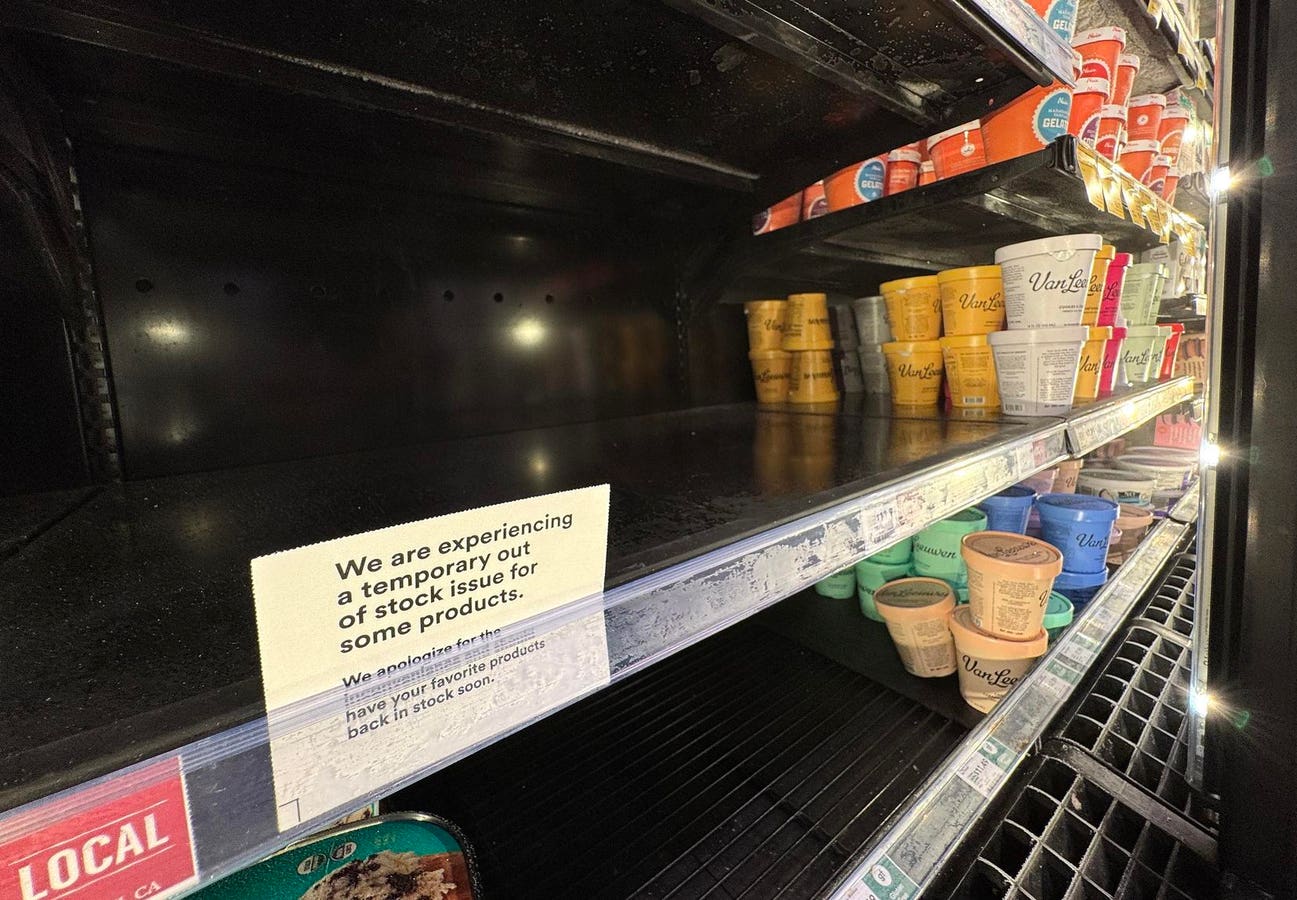Athlete Stretching with Continuous Glucose Monitor Transmitter Adhered to Arm
getty
For decades, continuous glucose monitors (CGMs) were designed primarily for people with Type 1 and Type 2 diabetes. These small, wearable devices offered these individuals round-the-clock tracking of blood sugar levels, helping them avoid dangerous highs and lows while reducing reliance on frequent, painful fingerstick tests.
But today’s CGMs have moved beyond diabetes care. Tech-forward companies now market them directly to consumers, while wellness influencers share their glucose graphs alongside meals on social media. As a result, more people without diabetes than ever before are experimenting with CGMs to better understand how food, stress, sleep, and exercise affect their bodies.
That trend comes with promise—but also important caveats.
What CGMs Do
A CGM is a small sensor—usually placed on the back of the arm—that measures glucose in the fluid just beneath the skin. Once in place, it transmits data to a smartphone app, providing near-constant updates, trend graphs, and alerts when glucose levels rise too high or fall too low.
They also help translate complex numbers into user-friendly insights. “CGMs make it much easier for patients to understand their glucose levels and patterns,” says Dr. Thomas Grace, a family physician at Blanchard Valley Diabetes Center and the head of clinical advocacy at Dexcom.
For people with diabetes, the technology has been life-changing. “Hands down, the availability of CGMs has been transformative for people living with diabetes,” says Dr. Sun Kim, an endocrinologist at Stanford University, who specializes in treating Type 2 diabetes. Research backs that up, showing that CGMs can lower average blood glucose (A1C), reduce episodes of hyperglycemia and hypoglycemia, and increase “time in range”—the percentage of the day glucose levels remain stable.
Why the Trend Is Growing
But the reach of CGMs is no longer limited to those who inject insulin. The latest over-the-counter biosensors—such as Dexcom’s Stelo and Abbott’s Lingo—can now be purchased without a prescription. They’re also increasingly marketed to fitness enthusiasts, preventive health seekers, and anyone curious about their metabolism. One analysis shows that the global CGM market hit $4.6 billion in 2023 and could reach $7.51 billion by 2030.
Kim points to two major drivers of this growth: easier consumer access and the power of social media. For example, French biochemist Jessie Inchauspé, known online as “The Glucose Goddess,” has amassed nearly six million followers on Instagram—including celebrities like Orlando Bloom, Gwyneth Paltrow, and Lily James—by posting glucose “hacks” and CGM-related insights.
Beyond trendiness, many CGM users are drawn to the real-time, personalized feedback. “Your glucose levels provide real insight into your overall metabolic health,” Grace explains. Seeing how a lap around the block improves your blood sugar readings or how a few slices of pizza keeps glucose elevated may be more persuasive than a doctor’s advice alone. Detecting certain spikes after meals can also point to reduced insulin sensitivity—a risk factor for weight gain, inflammation, or cardiovascular disease.
Being more mindful of dietary and lifestyle habits has caused some CGM users to report steadier energy, fewer cravings, improved sleep, and sharper focus. Beyond improved habits, “keeping glucose fluctuations within an optimal range may on its own support higher quality sleep, reduce the risk of chronic conditions, help curb cravings, support weight management, and even improve mental well-being,” says Grace.
Such benefits are among the reasons Kim says she thinks anyone who is curious and can afford it “should try a CGM.”
Things to Know Before Trying
Despite the hype and potential upsides, there are reasons to use CGMs thoughtfully:
- Data can be misleading. CGM sensors occasionally deliver false readings, especially very low ones. “If you have a funny number, it is likely false,” says Kim. Because of this, reviewing patterns—not single numbers—is what matters.
- Spikes aren’t always bad. Social media “glucose hackers” often portray any rise in blood sugar as dangerous, but occasional spikes are normal—even in healthy people. In fact, when glucose levels rise and then return to baseline, it’s a sign your insulin system is working as it should. Take fruit, for example. A mango or bowl of grapes may cause a temporary bump, but that’s no reason to avoid them given their nutritional benefits. “Just because we can measure glucose does not mean glucose values should rule all our food decisions,” says Kim.
- Costs and quality vary widely. Starter kits range from $49 to $99, while ongoing subscriptions can run from $89 to $250 depending on brand and duration. Quality can also vary. “One of my patients thought his diabetes was cured because his CGM showed low blood sugars,” says Kim, “but he just happened to have a bad sensor.” Because of such variability, “it’s worth taking time to compare your options and evaluate which features best fit your needs,” advises Grace.
- Education is key. Without context, CGM data can create unnecessary anxiety or overly restrictive eating. While many companies now provide in-app guidance, AI-driven meal logging, and fitness integrations, even doctors debate what constitutes “normal” or healthy CGM values. “We do not have consensus regarding what is a normal value,” says Kim. For that reason, she recommends CGM users seek broader nutritional guidance before and after trying a device.
In the end, continuous glucose monitors are no longer just medical tools for people with diabetes—they’ve become part of a larger wellness conversation. For some, they provide valuable insights that encourage healthier choices and greater awareness. For others, the novelty may fade.
“The technology is great, but CGMs are not without faults,” says Kim. “It’s always helpful to review the decision to get one or not with your physician.”









